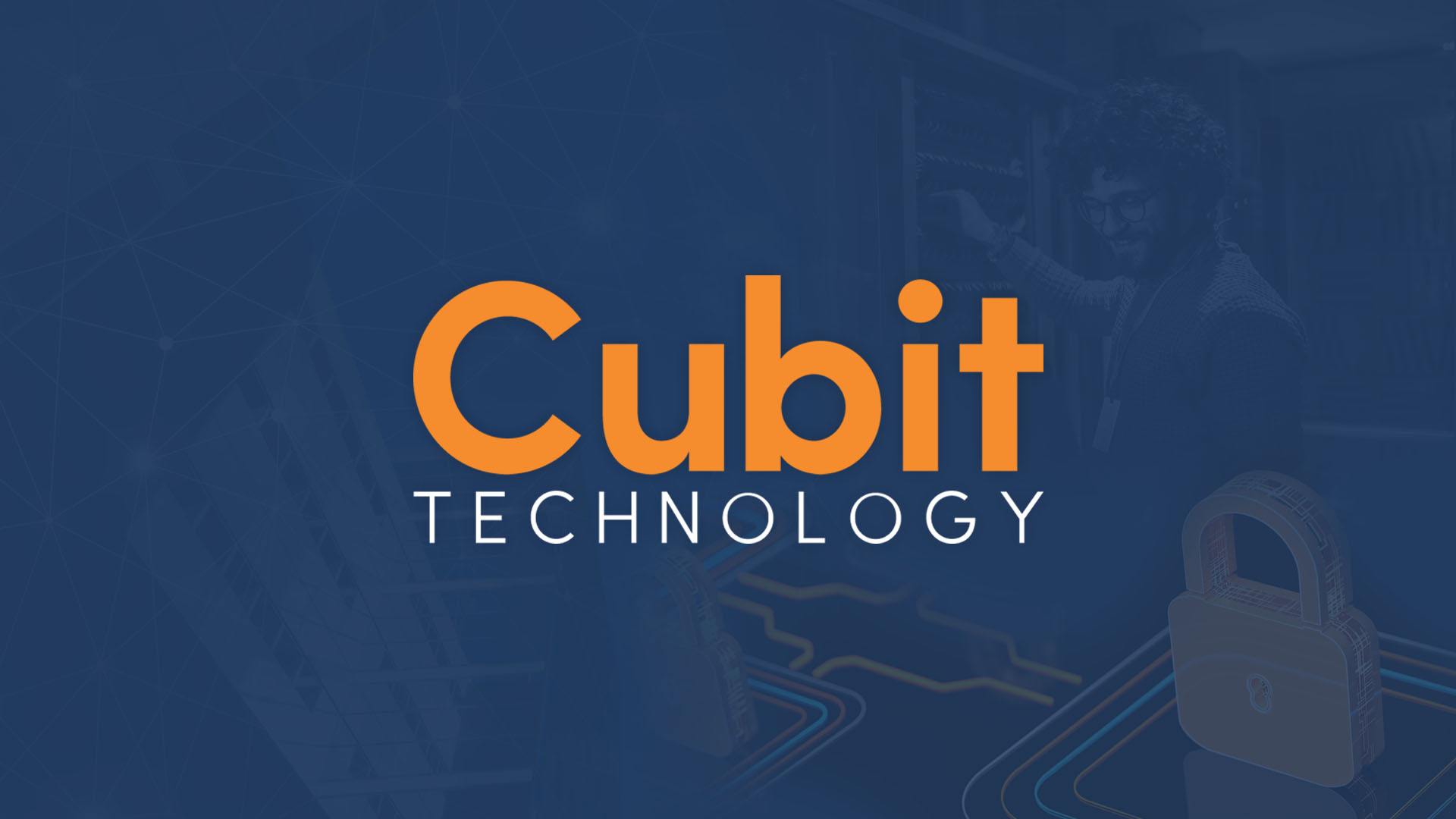Multi Factor Authentication
A simple means of bolstering your IT security
Multi Factor Authentication (MFA)
You might think the most prominent threat to your business is an external threat – a foreign nation state, or a bored teenager. The truth is that the biggest risk is closer to home. Employees’ vulnerability to phishing and social engineering, and poor password hygiene, are usually your weakest security link. Multifactor Authentication (MFA) is an incredibly simple, effective additional level of defence against these kinds of data breaches.
Something you have. Something you know. Something you are
Multi Factor Authentication, also known as MFA, is essentially a second layer of authentication to access an account. This could be information about something you have, something you are or something you know.
While a simple username and password combination, in the wrong hands, can give unchecked access to your business applications, enforcing a secondary check – usually in the form of a one-time passcode via text message or an app – immediately prevents any harm being done.
What if your server gets hacked and someone gets your password? Or you’re tricked into handing over your password through a form of social engineering or a phishing site? Even if your password does become compromised, you’re still protected. Cyber criminals cannot access your account without the second form of authentication.
See how Multi Factor Authentication can help make your business more secure
MFA validates a user's identity simply and conveniently
A variety of technologies can provide the additional element for Multi Factor Authentication.
Traditionally this has taken the form of answers to personal questions, like what is your mother’s maiden name, or what your first car was, or it has involved using a physical card reader or USB stick.
However, these are increasingly being phased out in favour of smartphone apps where a verifying code is sent to your mobile, or a second password is required from an app that then generates a unique key.
Being secure isn’t easy
Multi Factor Authentication is increasingly becoming the minimum acceptable standard for cyber security, as it strikes the right balance between IT security and simplicity.
Check out our 13 ways to protect your business from a cyber attack checklist to see how your business measures up.
Frequently Asked Questions
What is multi-factor authentication?
Multi-factor authentication (MFA) is a security process that requires users to verify their identity using two or more authentication factors, such as a password and a code from a mobile device, to access accounts or systems.
How do I enable multi-factor authentication?
To enable multi-factor authentication, you typically go to your account settings, navigate to the security or login options, and select multi-factor authentication. You’ll need to link an authentication method such as an app or email.
Does multi-factor authentication enhance security?
Yes, multi-factor authentication is highly effective at enhancing security because it requires multiple verification methods, making it more difficult for unauthorised users to access accounts.
What is the setup process for MFA?
Setting up MFA involves enabling the feature in your account, selecting an authentication method (like a mobile app or SMS), and linking it with your account by scanning a QR code or receiving a code.
What apps can I use for MFA?
Popular apps for MFA include Google Authenticator, Microsoft Authenticator, and Authy. These apps generate one-time codes that provide an additional layer of security.
How does Office 365 MFA work?
Office 365 (O365) multi-factor authentication works by requiring users to verify their identity using both their password and an additional method, such as a phone call, text message, or mobile app code, before accessing Office 365 services.
Want to know more about Multi Factor Authentication?
To find out more on how we can make your business more secure, call us on 020 3535 0680 or fill out the form below.
